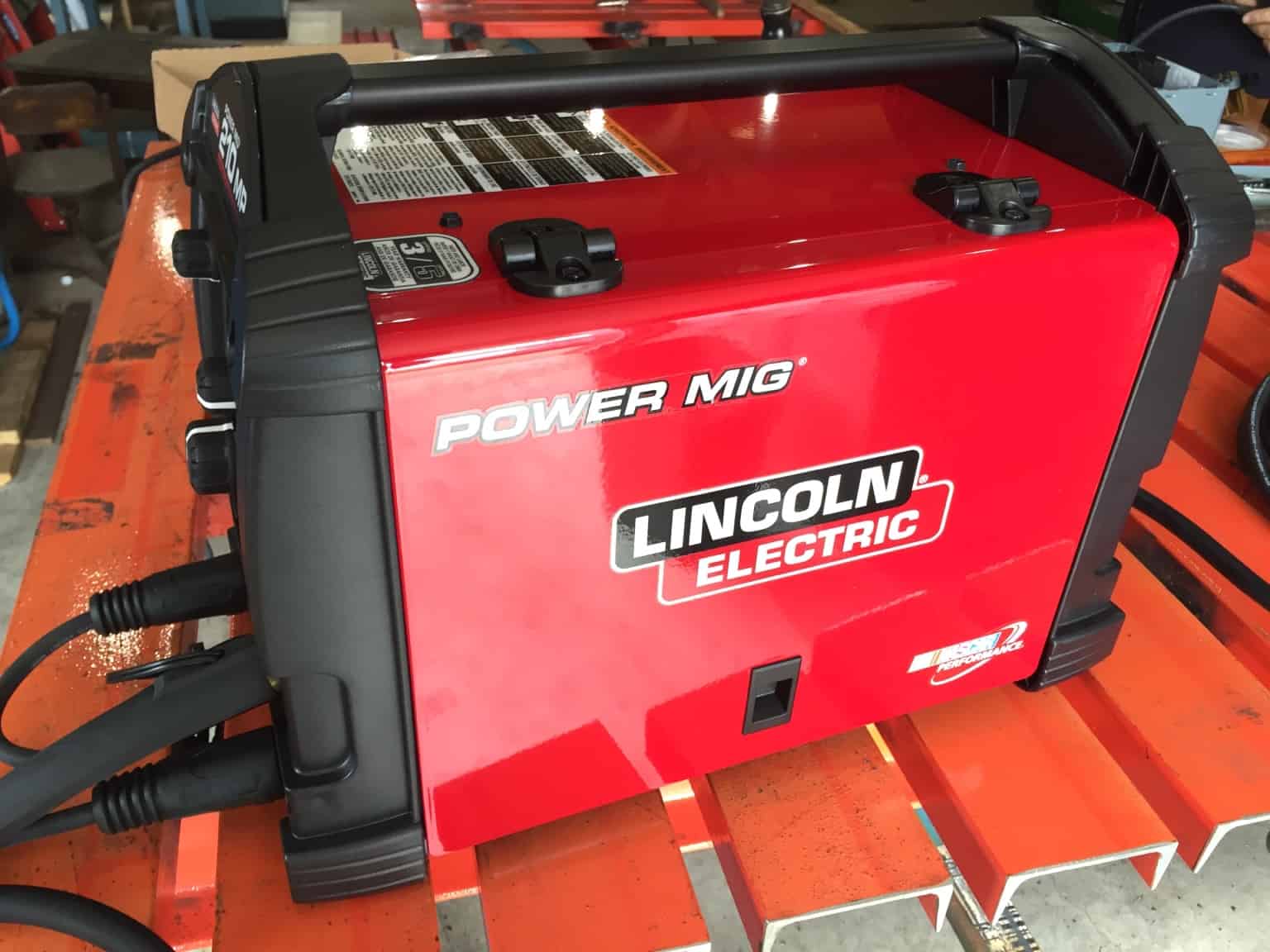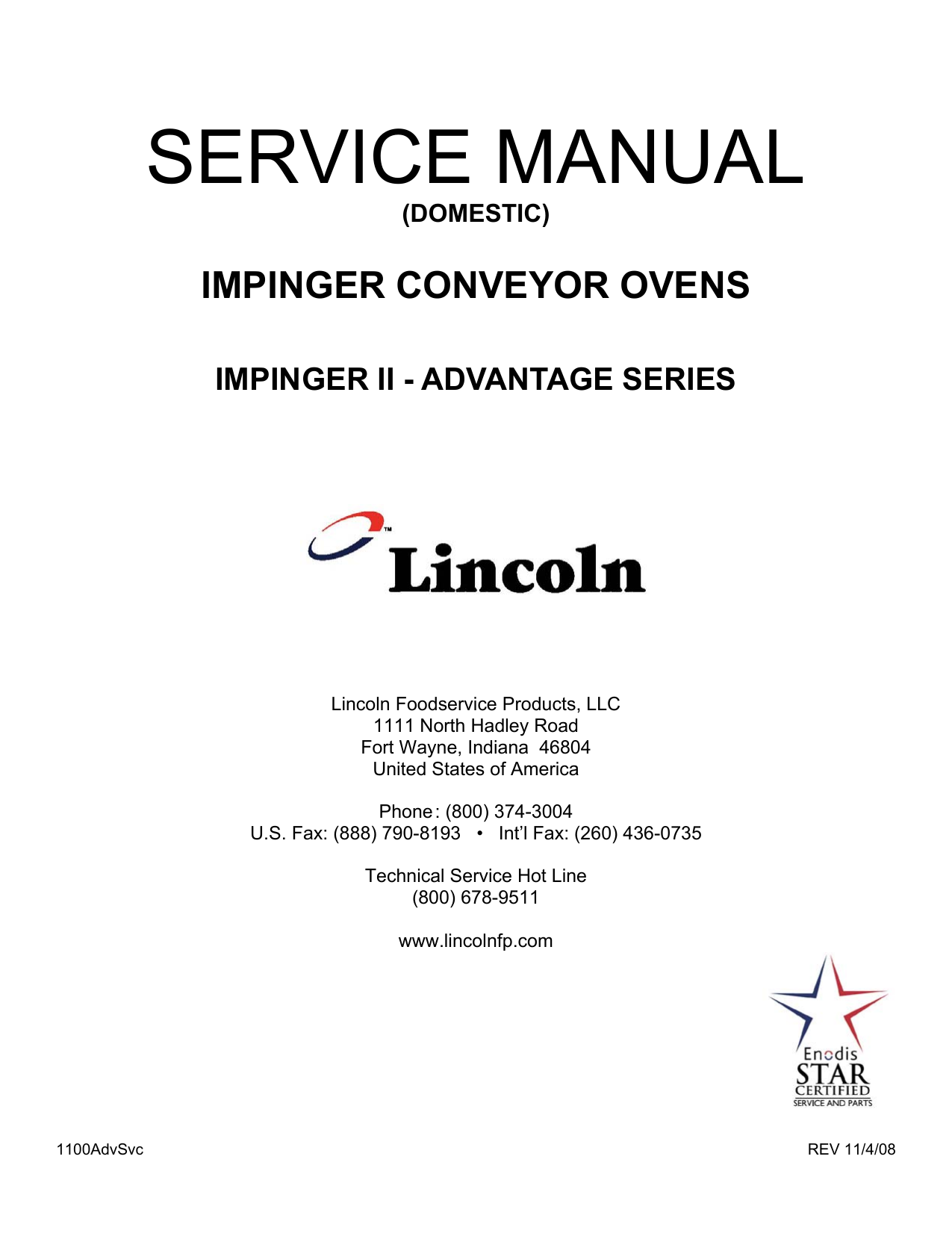Designed for both beginners and seasoned professionals, this versatile welding machine has gained immense popularity in the welding community. Whether you're working on small DIY projects or heavy-duty industrial tasks, the Lincoln 210 offers a range of features that cater to diverse welding needs. Its portability, ease of use, and robust build make it a top contender in its category. With advanced technology and user-friendly controls, the Lincoln 210 ensures precision and efficiency in every welding job. The Lincoln 210 is not just another welding machine; it’s a tool that empowers welders to achieve their goals with confidence. From its dual-voltage capabilities to its intuitive interface, this machine is engineered to simplify the welding process while maintaining high-quality results. It is particularly favored for its ability to handle various materials, including steel, aluminum, and stainless steel, with minimal hassle. As you delve deeper into this article, you’ll discover why the Lincoln 210 has become a go-to choice for welders worldwide and how it can elevate your welding projects to the next level. In this comprehensive guide, we will explore every aspect of the Lincoln 210, from its standout features and technical specifications to its real-world applications and user experiences. You’ll also find answers to frequently asked questions, expert tips, and a detailed FAQ section to help you make an informed decision. Whether you’re a hobbyist or a professional welder, this article will provide you with all the insights you need to understand why the Lincoln 210 is a game-changer in the welding industry.
Table of Contents
- What Makes the Lincoln 210 Stand Out?
- How Does the Lincoln 210 Work?
- Is the Lincoln 210 Right for You?
- Key Features and Benefits
- What Are the Technical Specifications of the Lincoln 210?
- Real-World Applications of the Lincoln 210
- How Can You Maintain Your Lincoln 210?
- Frequently Asked Questions
What Makes the Lincoln 210 Stand Out?
The Lincoln 210 distinguishes itself from other welding machines through its innovative design and advanced features. One of the most notable aspects of this machine is its dual-voltage capability, allowing users to switch between 120V and 230V power sources. This flexibility makes the Lincoln 210 suitable for a wide range of environments, from home workshops to industrial settings. Whether you’re working in a location with limited power access or need to adapt to different voltage requirements, the Lincoln 210 has got you covered.
Another standout feature of the Lincoln 210 is its user-friendly interface. Designed with simplicity in mind, the machine’s controls are intuitive and easy to navigate, even for beginners. The digital display provides real-time feedback on settings such as amperage and voltage, ensuring precise adjustments for optimal performance. Additionally, the Lincoln 210 is equipped with advanced safety features, such as thermal overload protection, which prevents the machine from overheating during prolonged use. These features not only enhance the user experience but also contribute to the machine’s durability and reliability.
Read also:Joan Drummond Mcgowan The Remarkable Life And Legacy Of A Visionary
Furthermore, the Lincoln 210 is built to handle a variety of welding processes, including MIG, flux-cored, and stick welding. This versatility makes it an ideal choice for welders who work with different materials and techniques. The machine’s robust construction and high-quality components ensure consistent performance, even under demanding conditions. With its ability to deliver professional-grade results, the Lincoln 210 has earned a reputation as a reliable and efficient welding solution.
How Does the Lincoln 210 Work?
Understanding how the Lincoln 210 operates is essential for maximizing its potential. At its core, the Lincoln 210 is a multi-process welding machine that utilizes advanced inverter technology to deliver stable and consistent power output. This technology allows the machine to convert high-voltage AC power into low-voltage DC power, which is ideal for welding applications. The result is a smooth and steady arc that ensures clean, precise welds every time.
The Lincoln 210 supports multiple welding processes, including MIG (Metal Inert Gas), flux-cored, and stick welding. Each process has its own set of advantages, depending on the material and project requirements. For instance, MIG welding is perfect for thin materials like aluminum, while flux-cored welding is ideal for outdoor applications due to its ability to operate without shielding gas. Stick welding, on the other hand, is commonly used for thicker materials and is highly effective in windy or dirty environments. The Lincoln 210’s ability to seamlessly switch between these processes makes it a versatile tool for welders of all skill levels.
In addition to its multi-process capabilities, the Lincoln 210 is equipped with features that enhance its functionality. For example, the machine’s spool gun compatibility allows users to weld aluminum with ease, eliminating the risk of wire feed issues. The adjustable wire feed speed and voltage settings provide further customization, enabling users to fine-tune the machine for specific tasks. With its intuitive controls and reliable performance, the Lincoln 210 simplifies the welding process while delivering professional-grade results.
Is the Lincoln 210 Right for You?
Choosing the right welding machine can be a daunting task, especially with so many options available on the market. However, the Lincoln 210 offers a compelling combination of features that make it suitable for a wide range of users. Whether you’re a hobbyist working on small projects or a professional tackling heavy-duty tasks, this machine has something to offer. But how do you know if the Lincoln 210 is the right choice for you?
For beginners, the Lincoln 210’s user-friendly interface and straightforward controls make it an excellent entry-level welding machine. Its ability to handle multiple welding processes allows new users to experiment with different techniques and materials, helping them develop their skills over time. Additionally, the machine’s compact and portable design makes it easy to transport and store, which is ideal for those with limited workshop space.
Read also:Jennifer Tilly Net Worth Unveiling The Wealth Of A Hollywood Icon
On the other hand, professional welders will appreciate the Lincoln 210’s advanced features and robust performance. The machine’s dual-voltage capability and spool gun compatibility make it a versatile tool for various applications, from automotive repairs to structural welding. Its durability and reliability ensure consistent results, even in demanding environments. If you’re looking for a welding machine that can keep up with your professional needs, the Lincoln 210 is definitely worth considering.
Key Features and Benefits
Dual Voltage Capability
One of the most significant advantages of the Lincoln 210 is its dual-voltage capability, which allows users to operate the machine on both 120V and 230V power sources. This feature is particularly beneficial for welders who frequently work in different locations or environments with varying power availability. By simply switching the voltage setting, users can ensure that the machine operates efficiently without compromising performance. This flexibility makes the Lincoln 210 a practical choice for both home workshops and professional settings.
User-Friendly Interface
The Lincoln 210’s user-friendly interface is another standout feature that sets it apart from other welding machines. Designed with simplicity in mind, the machine’s controls are easy to navigate, even for beginners. The digital display provides real-time feedback on settings such as amperage and voltage, allowing users to make precise adjustments for optimal performance. Additionally, the machine’s intuitive design minimizes the learning curve, enabling users to focus on their welding projects rather than struggling with complex controls.
What Are the Technical Specifications of the Lincoln 210?
Understanding the technical specifications of the Lincoln 210 is crucial for determining its suitability for your welding needs. This machine boasts a maximum output of 210 amps, making it capable of handling a wide range of welding tasks, from thin sheet metal to thicker structural components. Its duty cycle is rated at 30% at 140 amps, which means it can operate continuously for 3 minutes out of a 10-minute period without overheating. This makes it ideal for both short-duration and extended welding projects.
The Lincoln 210 also features a lightweight and portable design, weighing approximately 46 pounds. Its compact size and built-in handle make it easy to transport and store, which is particularly advantageous for welders who work on-site or in multiple locations. Additionally, the machine is equipped with a durable metal casing that protects its internal components from dust, debris, and impacts, ensuring long-lasting performance.
Other notable specifications include its input power requirements, which range from 120V to 230V, and its output range, which varies from 30 to 210 amps. The machine also supports wire diameters ranging from 0.023 to 0.035 inches, providing users with the flexibility to work with different materials and welding techniques. With its impressive technical specifications, the Lincoln 210 is a versatile and reliable welding machine that meets the needs of both hobbyists and professionals.
Real-World Applications of the Lincoln 210
The Lincoln 210 is not just a welding machine; it’s a versatile tool that can be used in a variety of real-world applications. From automotive repairs to construction projects, this machine has proven its worth in numerous industries. Its ability to handle multiple welding processes makes it an invaluable asset for professionals who work with different materials and techniques.
In the automotive industry, the Lincoln 210 is commonly used for tasks such as repairing exhaust systems, fabricating custom parts, and restoring vintage vehicles. Its spool gun compatibility allows users to weld aluminum components with ease, which is essential for modern automotive applications. Additionally, the machine’s portability makes it ideal for on-site repairs, enabling mechanics to tackle jobs in remote locations.
Construction professionals also benefit from the Lincoln 210’s robust performance and versatility. Whether it’s welding structural steel beams or fabricating metal frameworks, this machine delivers consistent results in demanding environments. Its dual-voltage capability ensures that users can operate the machine in locations with limited power access, while its advanced safety features provide peace of mind during prolonged use. With its ability to handle a wide range of applications, the Lincoln 210 is a reliable choice for professionals across various industries.
How Can You Maintain Your Lincoln 210?
Proper maintenance is essential for ensuring the longevity and performance of your Lincoln 210. By following a few simple steps, you can keep your welding machine in excellent condition and avoid costly repairs. Regular maintenance not only extends the lifespan of the machine but also ensures consistent performance, allowing you to focus on your welding projects without interruptions.
One of the most important maintenance tasks is cleaning the machine regularly. Dust, dirt, and metal shavings can accumulate on the machine’s surface and internal components, affecting its performance. Use a soft brush or compressed air to remove debris from the machine’s vents and cooling fans. Additionally, inspect the wire feed system and replace worn-out components, such as the drive rolls and contact tips, to ensure smooth wire feeding.
Another crucial aspect of maintenance is checking the machine’s electrical connections. Loose or corroded connections can lead to power issues and reduce the machine’s efficiency. Tighten all connections and ensure that the power cord is in good condition. It’s also important to store the machine in a dry and well-ventilated area to prevent moisture damage. By following these maintenance tips, you can maximize the performance and lifespan of your Lincoln 210.
Frequently Asked Questions
What materials can the Lincoln 210 weld?
The Lincoln 210 is capable of welding a wide range of materials, including steel, aluminum, and stainless steel. Its versatility makes it suitable for various applications, from automotive repairs to structural welding.
Is the

